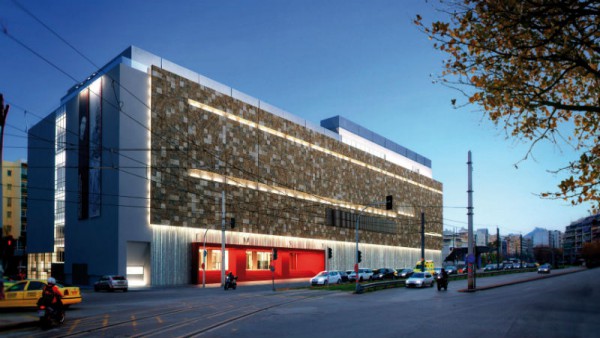Analysis
Private Patrons Replace Greek Arts Funding


Hendrik Hansson

Since Greece’s financial collapse in 2010 EU, ECB and IMF ordered austerity measures have forced the state to cease any non-essential expenditure to allow the Greek economy to recover. The measures have crippled Greece’s contemporary arts scene. According to a report in Austrian newspaper Der Standard, conservative prime minister Antonis Samaras has directed the majority of the already-sparse cultural budget towards the promotion of the Greek tourism industry. Namely, he has introduced measures such as extending the opening times for the major state museums and ancient archaeological sites.
The huge cutbacks in arts funding have caused great concern that the Greek state is no longer capable of maintaining its priceless collections of ancient artifacts and antiquities. In June, the constitutional lawyer George Kasimatis started a petition to raise his concern with UNESCO. According to Kasimatis’s petition, after three years of austerity the budget of the Greek cultural ministry was cut in half, resulting in the loss of over 2000 jobs within the arts sector.
In the climate of austerity, Greek contemporary art has become solely reliant on benevolent patrons. The Onassis Cultural Center gained much attention for funding an exhibition entitled No Respect featuring graffiti documenting public anger towards austerity taken from Athenian walls. Iasson Tsakonas began his much-lauded biannual art festival ReMap in 2007. And, George Economou recently opened a museum for his private collection outside of Athens.
Although construction has finished, the doors of the 20,000 square meter National Museum of Modern Art (EMST) remain closed. The shipping magnate Stavros Niarchos donated €3 million towards the opening of the institution. However, €1.5 million still needs to be raised and, as it looks, will have to come from private hands.